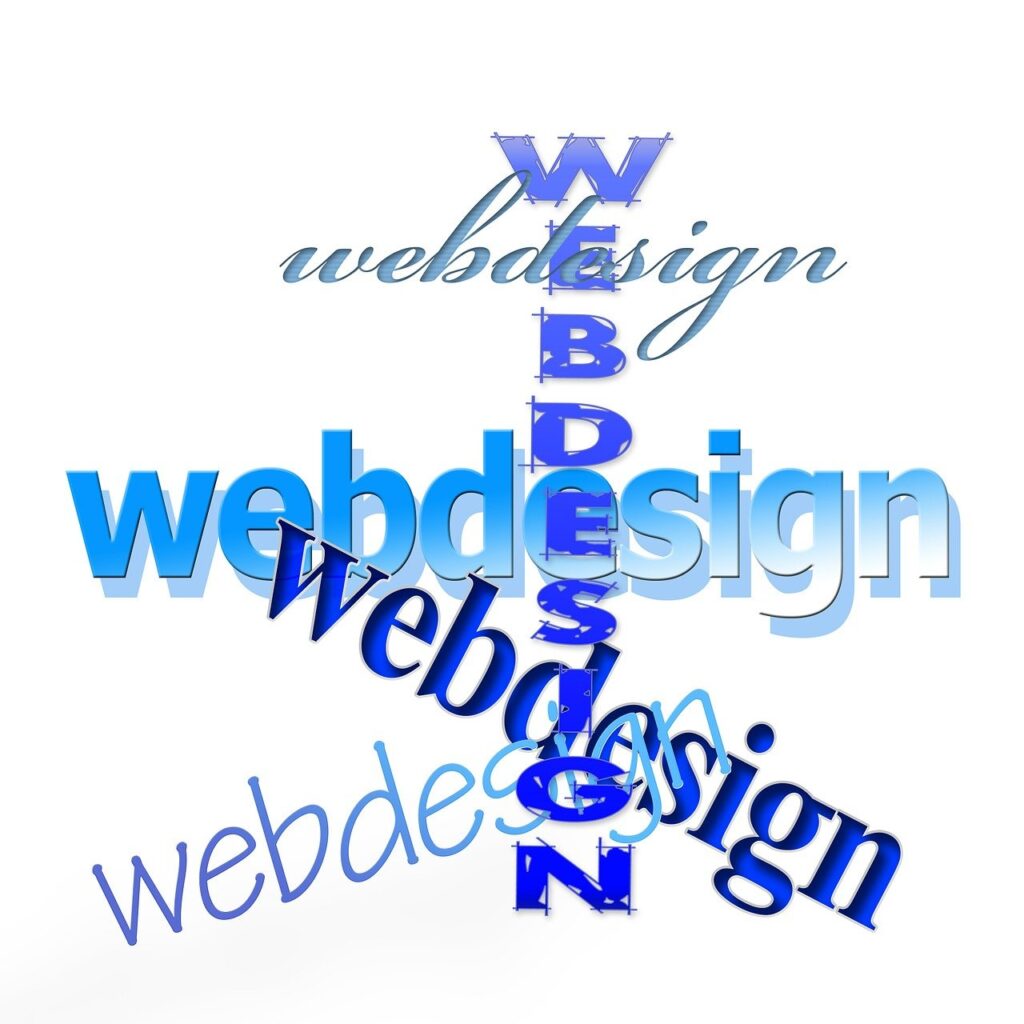
Introduction
In today’s digital age, having a website that is both visually appealing and easy to navigate is crucial for businesses in Toronto to stay competitive. Users expect a seamless browsing experience, which means it’s essential to keep your website design modern and user-friendly. But where do you start? In this guide, we’ll explore actionable steps to update your Toronto website design effectively.
Understanding the Importance of Website Design
Why Modernize Your Toronto Website Design?
In the fast-paced digital landscape of Toronto, first impressions matter. A modern website design not only enhances aesthetic appeal but also boosts user engagement and retention. It reflects your brand’s credibility and professionalism, making it more likely for visitors to explore further and convert into customers.
The Impact of User-Friendly Design
User experience (UX) is paramount in web design. A user-friendly website ensures seamless navigation, faster load times, and intuitive interfaces, leading to higher conversions and customer satisfaction. In Toronto’s competitive market, prioritizing UX can set your business apart from the rest.
Assessing Your Current Website Design
Evaluating Design Elements
Before diving into updates, conduct a comprehensive assessment of your current website design. Pay attention to layout, color schemes, typography, and overall aesthetics. Identify areas that need improvement to align with modern design trends and enhance user experience.
Analyzing User Behavior
Utilize web analytics tools to gain insights into user behavior on your website. Identify pages with high bounce rates, exit points, or low engagement levels. This data will help prioritize updates and focus on areas that require immediate attention.
Implementing Modern Design Principles
Responsive Web Design (RWD)
In a mobile-centric world, responsive web design is non-negotiable. Ensure your website adapts seamlessly to various devices and screen sizes, providing users with a consistent experience across desktops, smartphones, and tablets. Google’s mobile-first indexing also prioritizes mobile-friendly websites in search results.
Streamlined Navigation
Simplify website navigation to enhance user experience. Organize content logically and implement intuitive navigation menus with clear labels. Users should be able to find information effortlessly, reducing bounce rates and improving engagement.
Visual Hierarchy and Readability
Optimize visual hierarchy to guide users’ attention towards key content elements. Use contrasting colors, typography, and whitespace effectively to improve readability and comprehension. Break content into digestible chunks and utilize headings and subheadings to enhance scanability.
Incorporating Interactive Elements
Engage users with interactive elements such as animations, videos, and sliders. These features not only enhance visual appeal but also create immersive experiences that captivate visitors and encourage them to explore further.
Enhancing User Experience with Advanced Features
Implementing Advanced Search Functionality
Integrate advanced search functionality to help users find specific content quickly. Utilize filters, sorting options, and predictive search to streamline the search process and improve user satisfaction.
Personalization and Customization
Tailor the user experience through personalization and customization features. Leverage user data to deliver targeted content, product recommendations, and personalized messaging. This enhances user engagement and fosters a deeper connection with your brand.
Integrating Social Proof Elements
Incorporate social proof elements such as customer reviews, testimonials, and social media feeds to build trust and credibility. Positive social signals can influence purchasing decisions and reassure users about the quality and reliability of your products or services.
FAQs (Frequently Asked Questions)
What are the key benefits of updating my Toronto website design?
Updating your Toronto website design offers several benefits, including enhanced visual appeal, improved user experience, increased engagement and conversions, and better search engine rankings.
How long does it take to modernize a website design?
The time required to modernize a website design varies depending on the complexity of the project, the extent of updates needed, and resource availability. It could range from a few weeks to several months for more extensive redesigns.
Can I update my website design myself, or do I need professional assistance?
While minor updates and tweaks can be handled independently, significant redesigns often require professional assistance. Web designers and developers possess the expertise and tools necessary to execute complex design changes effectively.
Will updating my website design affect its search engine ranking?
Yes, updating your website design can impact its search engine ranking, both positively and negatively. A modern, user-friendly design improves user experience and can lead to better rankings, while outdated designs may be penalized by search engines.
How often should I update my website design?
Regular updates are essential to keep your website design fresh, relevant, and aligned with current trends and technologies. Aim to review and update your website design at least every 2-3 years to maintain its effectiveness.
What are some common mistakes to avoid when updating my website design?
When updating your website design, avoid common mistakes such as neglecting mobile optimization, cluttered layouts, slow load times, poor navigation, and inconsistent branding. Prioritize user experience and usability to ensure a successful redesign.
Conclusion
Updating your Toronto website design to be more modern and user-friendly is essential for staying competitive in today’s digital landscape. By implementing the right design principles and features, you can enhance user experience, boost engagement, and achieve your business goals effectively. Keep your website design dynamic and responsive to evolving trends and user preferences to maintain a competitive edge in Toronto’s market.
